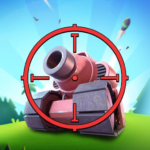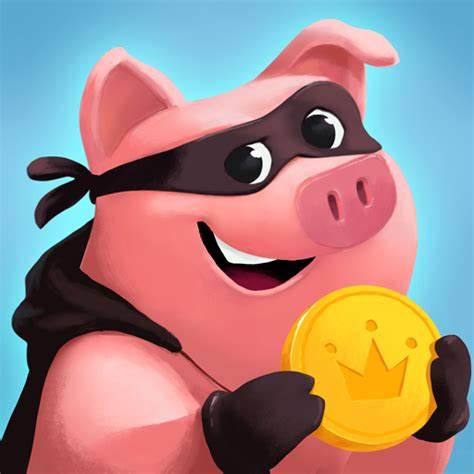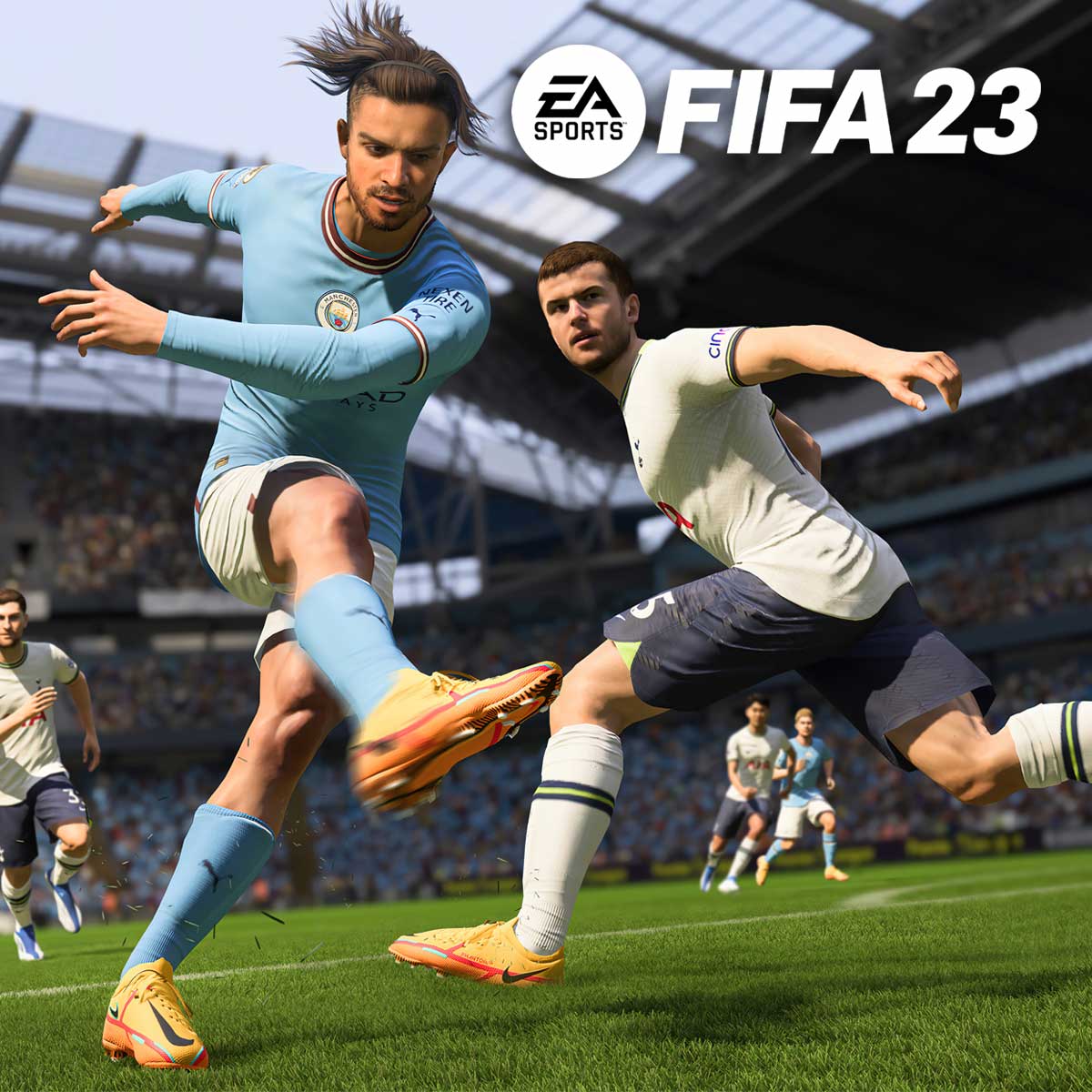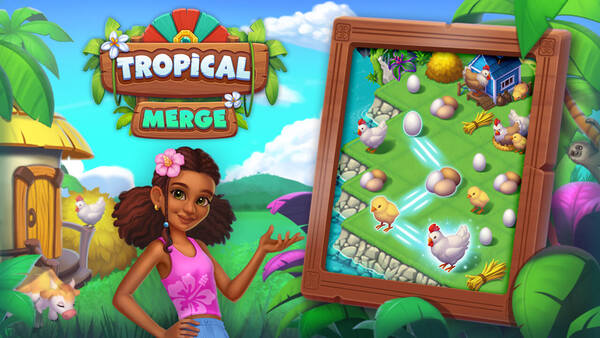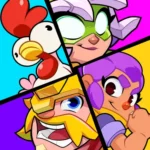Since its launch in 2009 by Riot Games, League of Legends (LoL) has grown into one of the most iconic and influential titles in gaming history. As a free-to-play Multiplayer Online Battle Arena (MOBA), the game has not only shaped the genre but also led the rise of global esports. With deep strategic gameplay, a massive roster of champions, and a dedicated player base, League of Legends remains a competitive titan more than a decade after its release.
1. Core Gameplay: Fast-Paced Strategy and Skill
League of Legends is a 5v5 team-based game where players select unique champions, each with distinct abilities, and battle across a three-lane map called Summoner’s Rift. The objective is simple: destroy the enemy’s Nexus (base). But the path to victory involves coordination, positioning, farming gold, and precise timing.
Gameplay features include:
-
Over 160 champions with unique skills
-
Diverse roles: Top, Jungle, Mid, ADC, Support
-
Tactical objectives: towers, dragons, baron, and turrets
-
Match length: 20–40 minutes
The gameplay demands a balance of mechanical skill, map awareness, and teamwork, which keeps matches dynamic and competitive.
2. Champion Variety and Balance
One of League's strongest points is its ever-expanding champion roster. Whether you prefer tanks, mages, assassins, or marksmen, there's a playstyle for everyone. Riot Games continuously updates champion kits and game balance to keep the meta evolving.
Champion design excels in:
-
Visual identity and lore depth
-
Skill expression and outplay potential
-
Role specialization and versatility
With regular reworks and new additions, champions remain fresh, encouraging players to adapt and learn.
3. Game Modes and Maps
While Summoner’s Rift is the flagship map, League also offers additional modes:
-
ARAM (All Random All Mid): Fast-paced mode with one lane
-
Teamfight Tactics (TFT): An auto-battler spin-off within the client
-
Clash: Competitive, pre-made team tournaments
-
Rotating Modes: Fun modes like URF and Nexus Blitz
These modes offer variety for casual and hardcore players, letting users enjoy the game from multiple angles.
4. Visuals, Animation, and Interface
LoL has undergone several visual upgrades over the years. The art direction embraces a stylized fantasy aesthetic, with crisp animations, clean interface, and vivid environments.
Highlights:
-
Modernized map and champion models
-
Polished skill effects and UI design
-
Dozens of stunning champion skins
-
Voice lines and in-game interactions
Customization options and cosmetic content make the game visually rewarding without affecting gameplay balance.
5. Ranked System and Competitive Scene
The ranked ladder allows players to test their skills in serious matches, progressing through tiers from Iron to Challenger. The competitive nature of ranked keeps the community engaged and invested in improving.
Ranked rewards include:
-
Season-exclusive skins
-
Borders and icons
-
Victorious-themed cosmetics
For those seeking more structure, Clash mode introduces tournament-style play for organized teams.
6. Esports and Global Influence
League of Legends is one of the most successful esports titles in history. With tournaments like the World Championship (Worlds), Mid-Season Invitational, and numerous regional leagues (LCS, LEC, LCK, LPL), the game has built a professional scene with millions of fans worldwide.
Notable aspects:
-
Multi-million-dollar prize pools
-
Iconic teams and players (e.g., Faker, T1, G2 Esports)
-
Spectacular live events and music performances
-
Worlds 2023 reached over 6 million peak viewers
League’s esports infrastructure is second to none, reinforcing its legacy beyond casual gaming.
7. Lore and Universe Expansion
Riot Games has gone beyond the game with a rich narrative universe. Champions hail from distinct regions like Demacia, Ionia, Noxus, and Piltover, each with its history and political conflict.
Expanded content includes:
-
Cinematic videos and music videos (e.g., K/DA, Warriors)
-
Web comics and short stories
-
The Netflix series "Arcane", which received critical acclaim
This transmedia approach adds emotional depth to champions, transforming them from game characters into beloved personalities.
8. Community and Toxicity
The LoL community is massive and passionate, but also infamous for toxicity, especially in solo queue. Riot has made efforts to address this with:
-
Improved reporting and punishment systems
-
Honor rewards for good behavior
-
Tools like muting, chat filters, and automated bans
Despite this, toxicity can still be a barrier for newcomers, particularly in ranked or competitive play.
9. Monetization and Cosmetics
League of Legends is free-to-play, monetized primarily through cosmetics such as:
-
Champion skins (standard, Legendary, Mythic)
-
Chromas, icons, emotes, and borders
-
Battle passes and event capsules
The game avoids pay-to-win mechanics, ensuring that all gameplay-impacting content (champions, runes) is accessible through in-game currency or time investment.
10. Regular Updates and Developer Support
Riot releases patches every two weeks, ensuring constant adjustments, champion balances, item tweaks, and sometimes new mechanics.
Additional support includes:
-
Dev blogs and roadmaps
-
Public beta environments (PBE)
-
In-game events and narrative arcs
This commitment to updates ensures long-term replayability, keeping the gameplay environment fluid and evolving.
Final Verdict
League of Legends remains one of the most compelling and addictive competitive games ever made. Its blend of mechanical precision, strategic depth, and artistic world-building sets it apart from other MOBAs and online titles. While it comes with challenges like community toxicity and a demanding learning curve, its rewards for mastery and team synergy are unmatched.

















